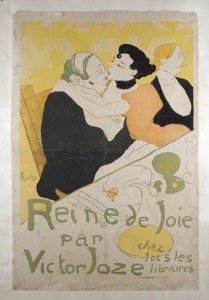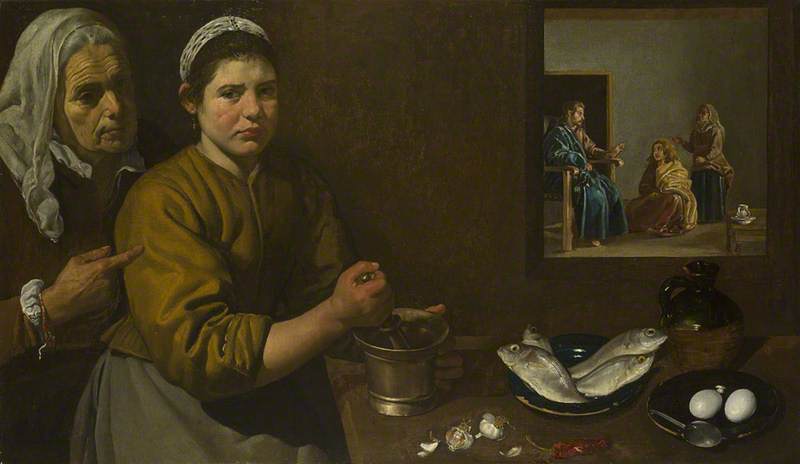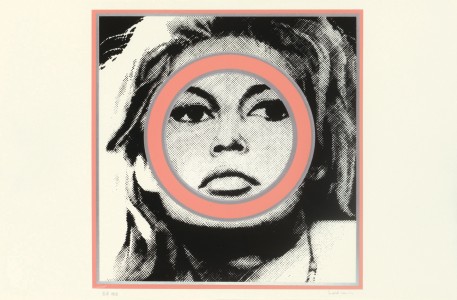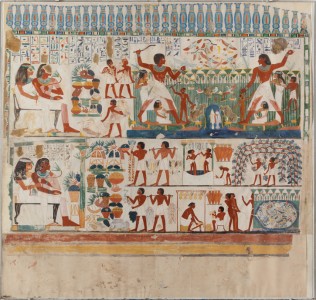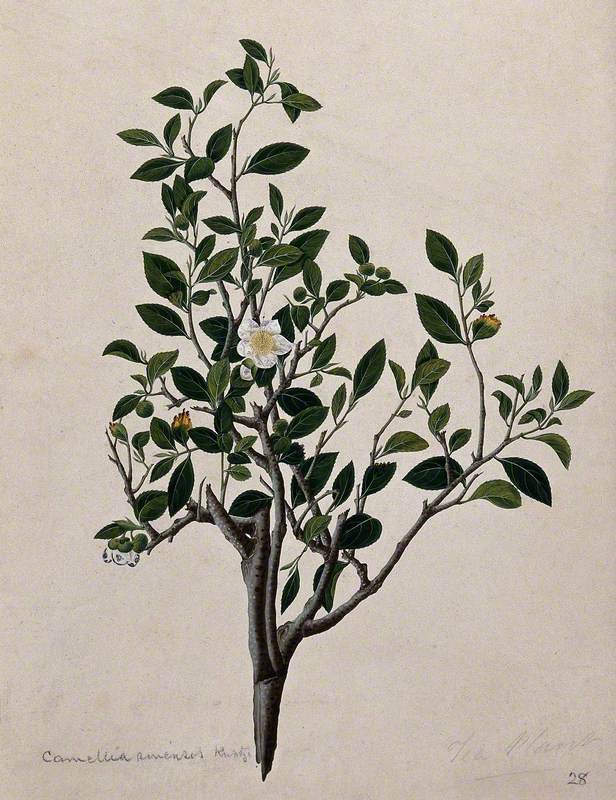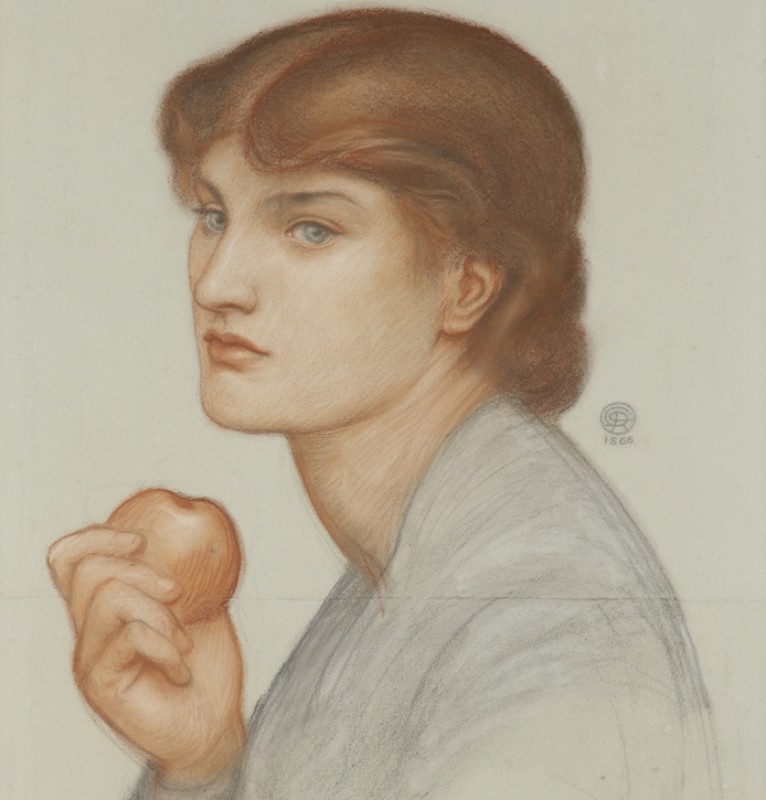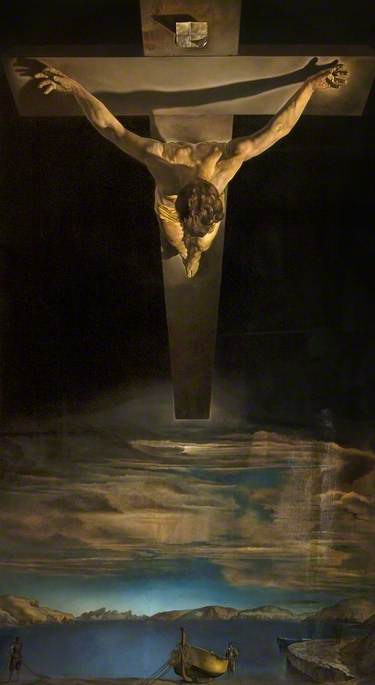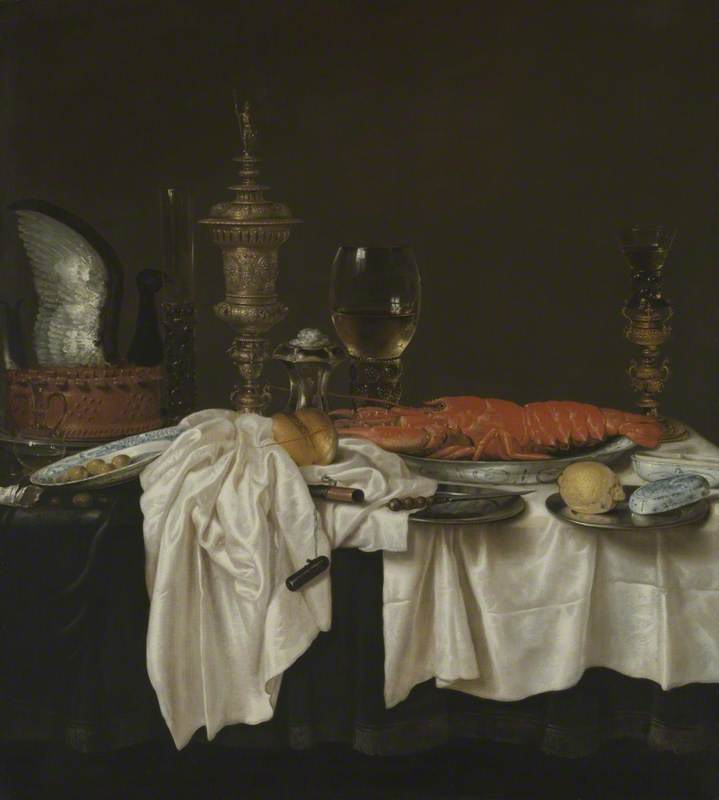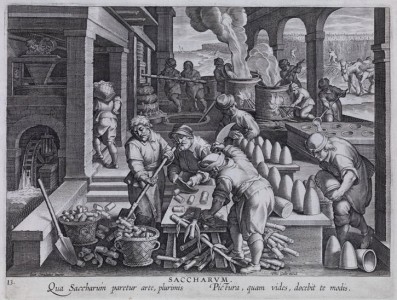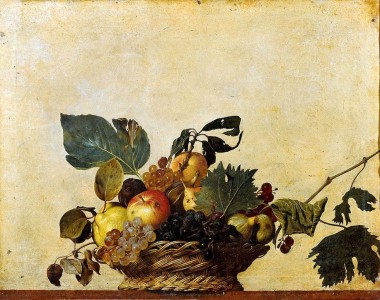Cedar Lewisohn is an artist, writer, and curator exploring the intersections between art and gastronomy. Cedar was the guest for our podcast episode discussing what happens when artists make cookbooks.
For me, art and food will always be connected. The more I research the subjects, the more links I find. The number of renowned figures
The sheer number of visual artists who have made cookery books is surprising. Salvador Dalí, Joseph Beuys
Bourncookery_book_484_665
Bourn Cookery Book by Giles Round and contributors 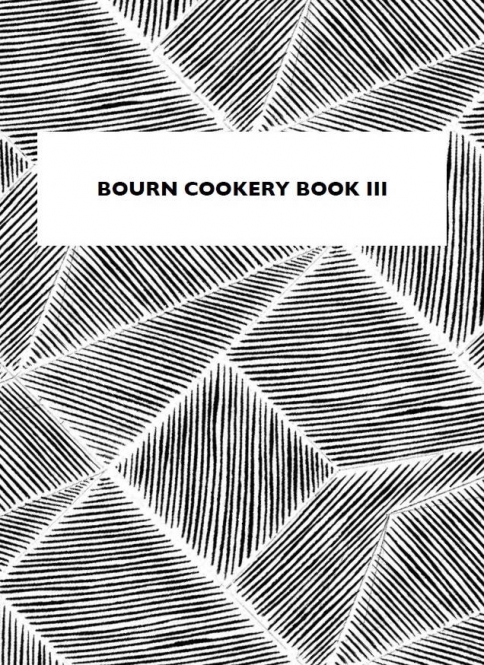
The story behind the Bourn Cookery Book is great. It was produced by Giles Round while he was an artist-in-residence at Wysing Art
Critical Theory Cocktails vols. 1–3 by Aggie Toppins
Similarly, the concept behind The Critical Theory Cocktail Books by Aggie Toppins is also as interesting as the book 'object' itself. As the title suggests, the books use alcoholic cocktails as a way of explaining various forms of critical theory. There are three in the series and the books could be described as zines or pamphlets. The blurb on the back of the first volume reads 'Themes such as madness, reality, and desire are paired with 20 new and classic cocktails that will take your mind to new places.'
Another cocktail book I’m a fan of is Artists' Cocktails by Ryan Gander. This is what you might call a curated list of artists invited by Ryan to submit cocktail recipes. The project started with an actual bar (Ryan’s Bar) at The Sunday Art Fair in London in 2010 which eventually made its way to Documenta in Kassel in 2013 and resulted in the book. Recipes range from the provocative and probably highly illegal 'Molotov Cocktail' by Jeremy Deller, to the slightly more niche 'Drink your own piss/Someone else’s piss' from David Shrigley. David helpfully gives the serving suggestion 'as you wish'.
The Folly Acres Cook Book by Sue Webster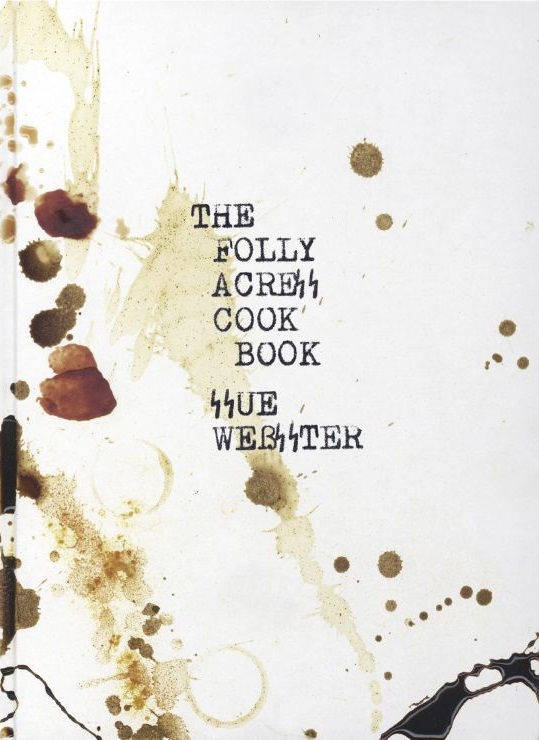
Another
Are the books themselves artworks? If you cook one of the recipes, are you eating an artwork? The answers to these questions may differ, depending on which artist you ask. For me personally, it does not matter. What is important is the passion for food. I often say artists cook in the same way they make art. If you are ever having dinner and an artist is cooking, do a quick comparison of the food on the plate to their art, and you’ll see what I mean. The point is true for everyone, in fact. The food you make is a reflection of you.
The last book I’ll mention is the most recent addition to my library, The How Not To Cookbook by Aleksandra Mir. The book is completely filled with examples of meals that went wrong. It goes against everything that cookery books traditionally stand for. It’s a cookery book and not a cookery book at the same time – perhaps the perfect encapsulation of a cookery book by an artist.
Cedar Lewisohn, artist, writer
